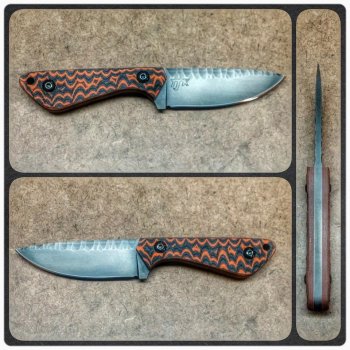Mark Barone
Well-Known Member
I have never used them but hope to soon. Are they difficult to use? What are the basic steps. I am assuming I would have to make sure the handle width is very specific to the bolt. Or are they adjustable to different widths?


